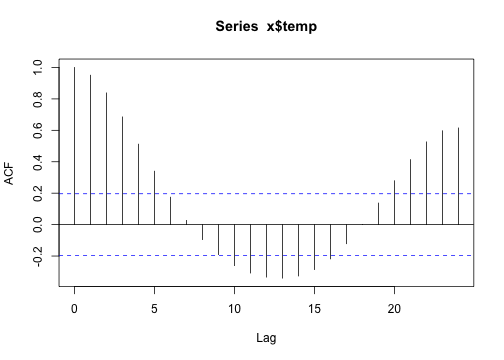

Lets begin by creating that initial dataframe. I am going to show you the various approaches using an example logic that involves a for-loop and a condition checking statement (if-else) to create a column that gets appended to a sufficiently large data frame (df).

This posts shows a number of approaches including simple tweaks to logic design, parallel processing and Rcpp, increasing the speed by orders of several magnitudes, so you can comfortably process data as large as 100 Million rows and more. There are a number of ways you can make your logics run fast, but you will be really surprised how fast you can actually go. The apply functions (apply, sapply, lapply etc.) are marginally faster than a regular for loop, but still do their looping in R, rather than dropping down. Thus, it takes a list, vector, or data frame as an argument and returns a vector or matrix.
Sapply for loop in r how to#
The sapply() function applies a function to all the elements of the input. R how to break the loop using sapply Jeff Newmiller jdnewmil at .us. A simple example is if we have to build a list of vectors using the rep() function, we have to write it multiple times.The for-loop in R, can be very slow in its raw un-optimised form, especially when dealing with larger data sets. R sapply() The sapply() is a built-in R wrapper class to lapply, with the difference being it returns a vector or matrix instead of a list object. The mapply() function is a multivariate version of lapply() and is used to evaluate a function in parallel over sets of arguments. We illustrate the same in the following examples: This is similar to applying the GROUP BY construct in SQL if you are familiar with using relational databases. The function tapply() is used to evaluate a function over the subsets of any vector. Let's see how many negative numbers each column has, using apply()Īpply(data, 2, function(x) length(x)) By both, we mean apply the function to each individual value. The apply() function is used to evaluate a function over the margins or boundaries of an array, for instance, applying aggregate functions on the rows (1), columns (2) or both (1:2) of an array. We illustrate the same with the following example:ĭata = list(l1 = 1:10, l2 = runif(10), l3 = rnorm(10,2)) For example, if the final result is such that every element is of length 1, it returns a vector, if the length of every element in the result is the same but more than 1, a matrix is returned, and if it is not able to simplify the results, we get the same result as lapply().
Sapply for loop in r code#
We look at its example in the following code snippet:Ĭoming to sapply(), it is similar to lapply() except that it tries to simplify the results wherever possible. It is much faster than a normal loop because the actual looping is done internally using C code. If the input list is not a list, it is converted into a list using the as.list() function before the output is returned. Lapply() takes a list and a function as input and evaluates that function over each element of the list. They act on an input list, matrix or array, and apply a named function with one or several optional arguments. These functions allow crossing the data in a number of ways and avoid explicit use of loop constructs.

mapply() method is a multivariate version of lapply().tapply() method evaluates a function over subsets of a vector.apply() method evaluates a function on the boundaries or margins of an array.sapply() method is a simplified version of lapply().lapply() method loops over a list and evaluates a function on each element.In this case, R provides some advanced functions: While looping is a great way to iterate through vectors and perform computations, it is not very efficient when we deal with what is known as Big Data. Apply family in R: avoiding loops on data Science apply, lapply and sapply are some of the most commonly used class of functions in R apply functions are not necessarily faster than loops, but can be easier to read (and vice cersa) apply is used when you need to perform an operation on every row or column of a matrix or ame lapply and sapply differ in the format of the output.


 0 kommentar(er)
0 kommentar(er)
